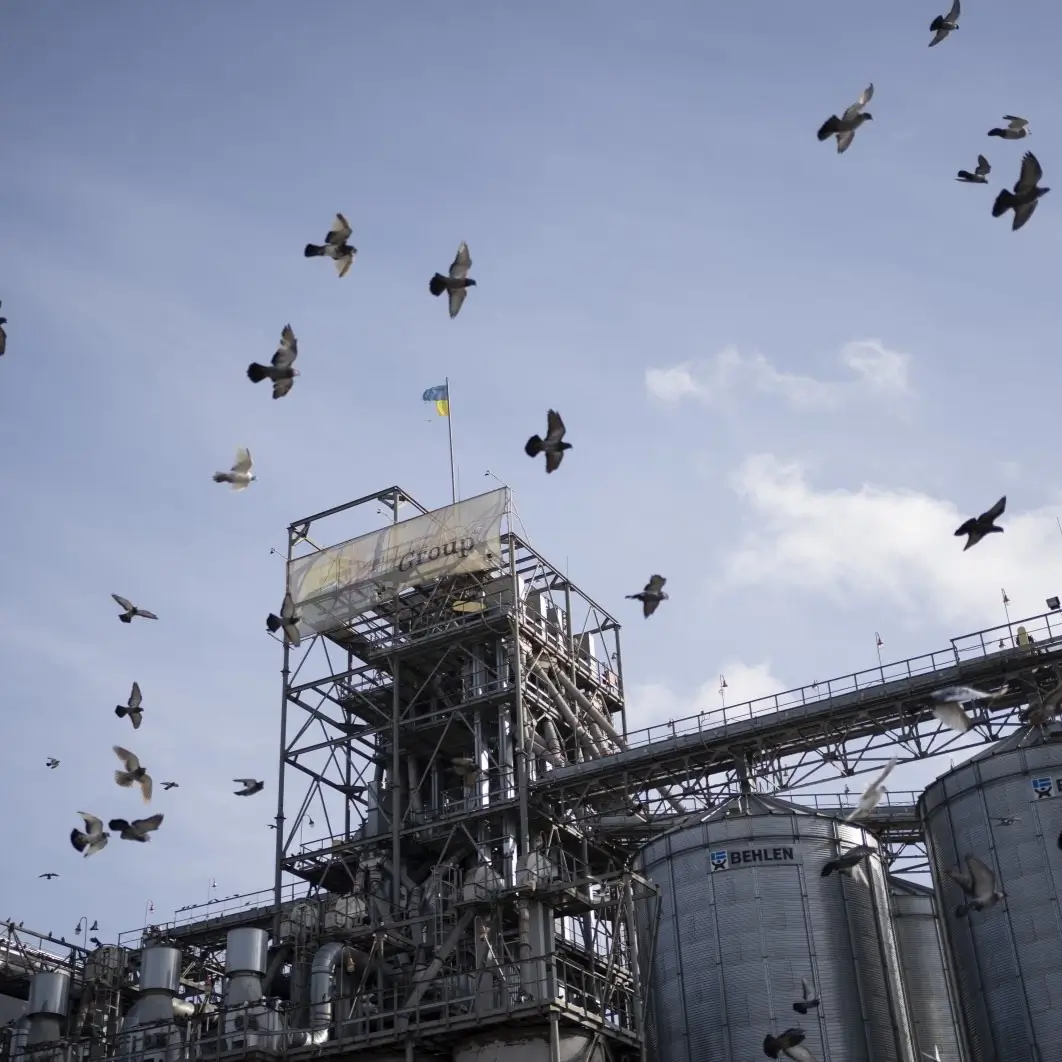Understanding the Impact of Birds on Industrial Facilities
Birds are a common presence in industrial environments, but they can create significant challenges. Their droppings can damage machinery, leading to costly repairs and operational delays. Additionally, the accumulation of waste can pose health risks to employees and contaminate products, compromising quality and safety. Birds can also interfere with outdoor operations, creating hazards that affect productivity. For facility managers and safety officers, understanding these impacts is essential to implement effective bird proofing strategies. By addressing these challenges, facilities can protect machinery, maintain employee safety, and ensure product integrity, contributing to smoother and more efficient operations.

1. Machinery Damage
The presence of birds in industrial environments can lead to considerable damage to machinery and equipment. Here are some key aspects to consider:
-
Nesting Habits
Birds often seek shelter in the nooks and crannies of industrial buildings, especially in areas that are less frequently accessed. They may build nests in:
- Ventilation Systems: Birds nesting in ductwork can obstruct airflow, leading to overheating and mechanical failures.
- Machinery Housing: Nests built within machinery can interfere with moving parts, potentially causing jams or breakdowns.
- Rooftops and Overhangs: Nests can accumulate debris that, if dislodged, could fall into machinery, causing damage.
-
Mechanical Failures
When nests or debris obstruct machinery:
- Operational Downtime: Equipment may need to be shut down for cleaning or repairs, leading to significant operational delays.
- Repair Costs: Fixing damaged machinery can be costly, not only in terms of parts and labor but also in lost productivity.
- Long-Term Damage: Frequent mechanical failures can shorten the lifespan of equipment, leading to increased capital expenditure over time.
-
Maintenance Challenges
Routine maintenance can become more complicated with bird activity:
- Access Issues: Nests may require removal before maintenance can occur, complicating scheduled downtime.
- Increased Inspection Frequency: Facilities may need to increase the frequency of inspections to monitor and mitigate bird-related issues, further straining resources.
2. Health and Safety Risks
Bird droppings pose several health and safety hazards in industrial settings:
-
Slip-and-Fall Hazards
Accumulations of bird droppings can create dangerously slippery surfaces:
- Workplace Accidents: Employees may slip and fall, leading to injuries that can range from minor to severe, impacting both health and morale.
- Increased Insurance Costs: Frequent accidents can lead to higher workers' compensation claims and insurance premiums for the facility.
-
Pathogen Risks
Bird droppings can harbor various pathogens:
- Potential Diseases: Diseases such as histoplasmosis, cryptococcosis, and psittacosis can be transmitted through droppings, posing serious health risks to employees.
- Contamination of Work Areas: Bird droppings can contaminate tools, equipment, and workspaces, further increasing the risk of disease transmission.
-
Employee Morale
A clean and safe working environment is essential for maintaining employee morale:
- Psychological Effects: Employees may feel uneasy or unsafe in environments where bird droppings are prevalent, impacting productivity and job satisfaction.
- Retention Issues: Facilities that do not address health and safety concerns may struggle with employee retention and recruitment.
3. Product Contamination
Birds can significantly affect product quality in various ways:
-
Contamination Risks
Bird droppings can directly contaminate products:
- Raw Materials: If birds have access to storage areas, they can contaminate raw materials, leading to quality control issues.
- Finished Products: Products exposed to bird droppings may become unsuitable for sale, necessitating recalls or disposal.
-
Financial Implications
The financial repercussions of product contamination can be severe:
- Recalls: Product recalls due to contamination can lead to significant financial losses and damage to the company’s reputation.
- Legal Liabilities: Companies may face lawsuits from customers or regulatory bodies if contaminated products reach the market.
-
Regulatory Compliance
Businesses must adhere to strict health and safety regulations :
- Compliance Risks: Failure to manage bird-related contamination can result in legal repercussions, including fines and sanctions.
- Certification Challenges: Companies striving for quality certifications (like ISO) may find it challenging to maintain standards in environments affected by bird activity.
Contact Us
The impact of birds on industrial facilities can be substantial, affecting machinery, employee health and safety, and product quality. Facility managers and safety officers must take proactive measures to mitigate these risks, including:
- Email: care@featherguard.co.in
- Phone: +91 - 844 8444 801

